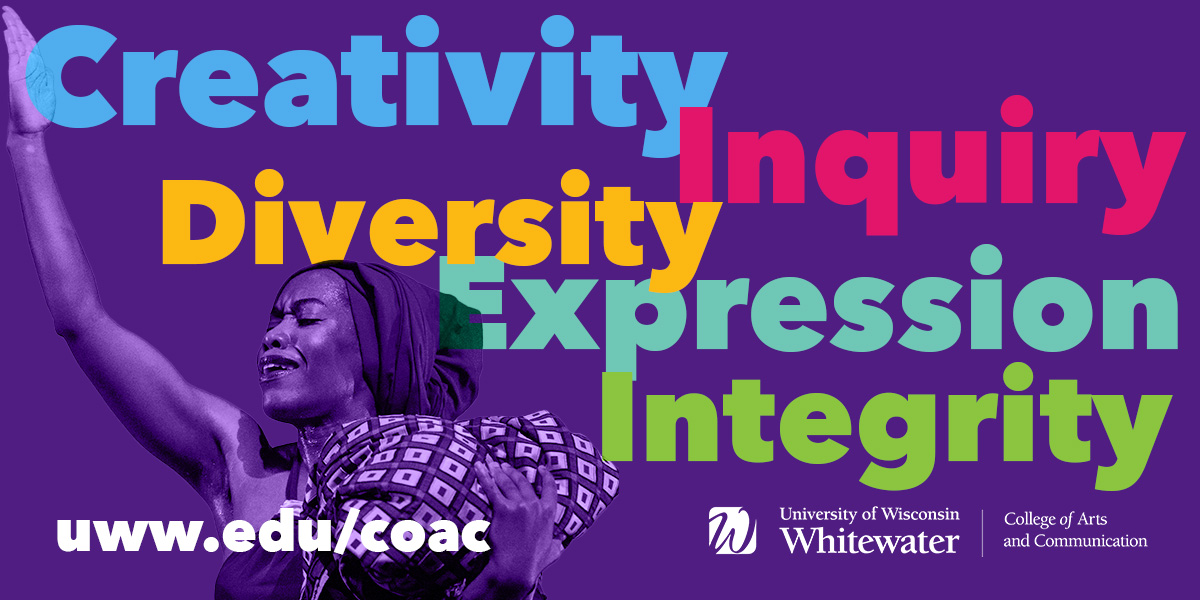Written by Josh Hafemeister
On July 1 of this year, the Oregon Senate unanimously passed the HB 3472 bill. This bill will create a committee that will explore a program making Oregon’s public higher education free. The name of the program is “Pay it Forward, Pay it Back” which, if passed, will be one of the best alternatives to financial aid out there.
What is “Pay it Forward, Pay it Back”? Created by students at Portland State University, the proposal was presented to the state senate with the idea that students will no longer have to pay tuition. Instead, once students graduate and find a job they will pay a percentage of their annual income back to the state over a period of 24 years.
Students who graduated from a state university with a bachelor’s degree will pay three percent of their annual income. Students who graduated from a community college will pay one and a half percent of their annual income.
Say for example a student gets a bachelor’s degree and lands a job that pays $40,000 annually. Under the “Pay if Forward, Pay it Back” program, that student will pay $1200 back each year. After 24 years, the student will have paid $28,800 to the state.
It is easy to see why this program is beneficial for students. There is no accumulating interest to be concerned about and the fixed percentage students pay back is based on their annual income.
No plan is perfect however, and this one is no different. While the proposed plan covers the cost of tuition, it does not pay for the cost of living. Things like rent, gas, food and text books must still be paid for by the student.
A student who pays $1000 a month for housing, food, gas and other bills will still need to find a way to pay for all of this. For a traditional four-year education, a student who pays $1000 a month on bills will need $48,000 by the time they graduate. Even under the “Pay it Forward, Pay it Back” program, this student will need to take out loans, get a part time job, or both if they wish to pay for their needs on their own.
According to a report released on October 1 by the Department of Education, loan defaults have are higher than they have been in 16 years. 10 percent of borrowers whose loans went into repayment in 2011 defaulted within two years, while 14.7 percent of borrowers defaulted three years after their loans went into repayment in 2010.
It is clear that there is an issue with the current student financial aid system. Something needs to change, and students and senators in Oregon are on the right track. Yet it will take time to implement this plan.
In the meantime, students should spend time getting familiar with other types of financial aid payment plans available to them. According to studentaid.ed.gov, an office of the Department of Education, there are numerous types of payment plans available including the Pay As You Earn Repayment Plan, the Income Based Repayment Plan, and the Income-Contingent Repayment Plan.
Students should check out the UWW website for financial aid information. Students will find numerous tabs with information on grants, scholarships, loans and other forms of financial aid.
Financial aid is an institution that needs to change. “Pay it Forward, Pay it Back” is a proposal students should pay close attention to. If passed, the program will vastly change how students pay for their education.











